Simon and Mary
Simon and Mary is “a heritage brand for a new generation,” founded in 2014 in Johannesburg, South Africa. I recently enjoyed chatting with Dean Pozniak, who has followed in his father’s footsteps to become the third generation in the family hat business. He tells with a smile how his father would come home smelling of the dye house. Now he does the same thing. Dean had the idea of creating a new brand to help revitalize the family hat factory, struggling to fight against the pressure of imported items from the far east. The brand, named after his grandparents Simon and Mary, has become an instantly recognizable directional headwear company sold worldwide because of its bold styles and colors.
Family is in the bones of the business. The factory in Johannesburg stands as it did half a century ago. New designs or classic shapes are made with the same trusted machinery from the ’60s by experienced machinists who have inherited their skills from parents and now work and grow within the business. It’s a true family business in every way. You can see this in the happy smiling face of Jane one of the proud workers at Supreme Hat and Cap Manufacturers.
Simon and Mary’s first collection was an immediate hit and was worn by Johannesburg’s top musicians, stylists, entrepreneurs, and artists; the brand has always been inseparable from the city. Africa’s creative class and diaspora have since adopted it. The brand has gone on to be worn by a loyal group of tastemakers around the world. They cherish its qualities, individuality, style, and the finest quality.
Simon and Mary first came to my attention back in 2015 when I noticed their bold use of colour. The brand takes classic silhouettes and experiments with finishes, materials, and colourways to create a striking contemporary product. Traditional felt hats were re-energised in yellow, green, or turquoise. The Wonky collection experiments with crushable shapes and the Fez collection in collaboration with creative director Trevor Stuurman revises a form from the ’80s for today’s market. They’re available in candy colours inspired by beadwork of the Ndebele tribe of South Africa. Recent releases include a Cactus leather collection in a bucket and baseball shape.
Making products that can be passed down to the next generation means that sustainability has always been built into the family business. But Simon and Mary take more intentional steps toward good over harm in their transparent manufacturing process. Dean proudly tells how rainwater is used in the boiler saving 30,000 litres of water per month. A proportion of their hat sales goes towards planting new trees in collaboration with reforestation organisation Greenpop. The factory currently has over sixty employees. 85% percent of whom are women; they are constantly learning and cross-training to perfect the many skills needed to make the perfect hat. The company is continually looking for green initiatives. In 2016, they released a collection made from hemp. The new Simon and Mary pin will be made from sustainable materials, and the swing tags are printed on recycled paper.
Although the economy of South Africa is the second largest in Africa, it still faces many challenges when exporting. Dean is looking forward to expanding his online business but with a weak exchange rate on the Rand, poor and expensive shipping costs, South Africa is a difficult place to trade from. Saying that the country has a young population, (77% under the age of 35), vibrant and creative culture which is growing fast. Simon and Mary are glad to be part of this exciting new landscape.
Stay posted to see the next exciting release.


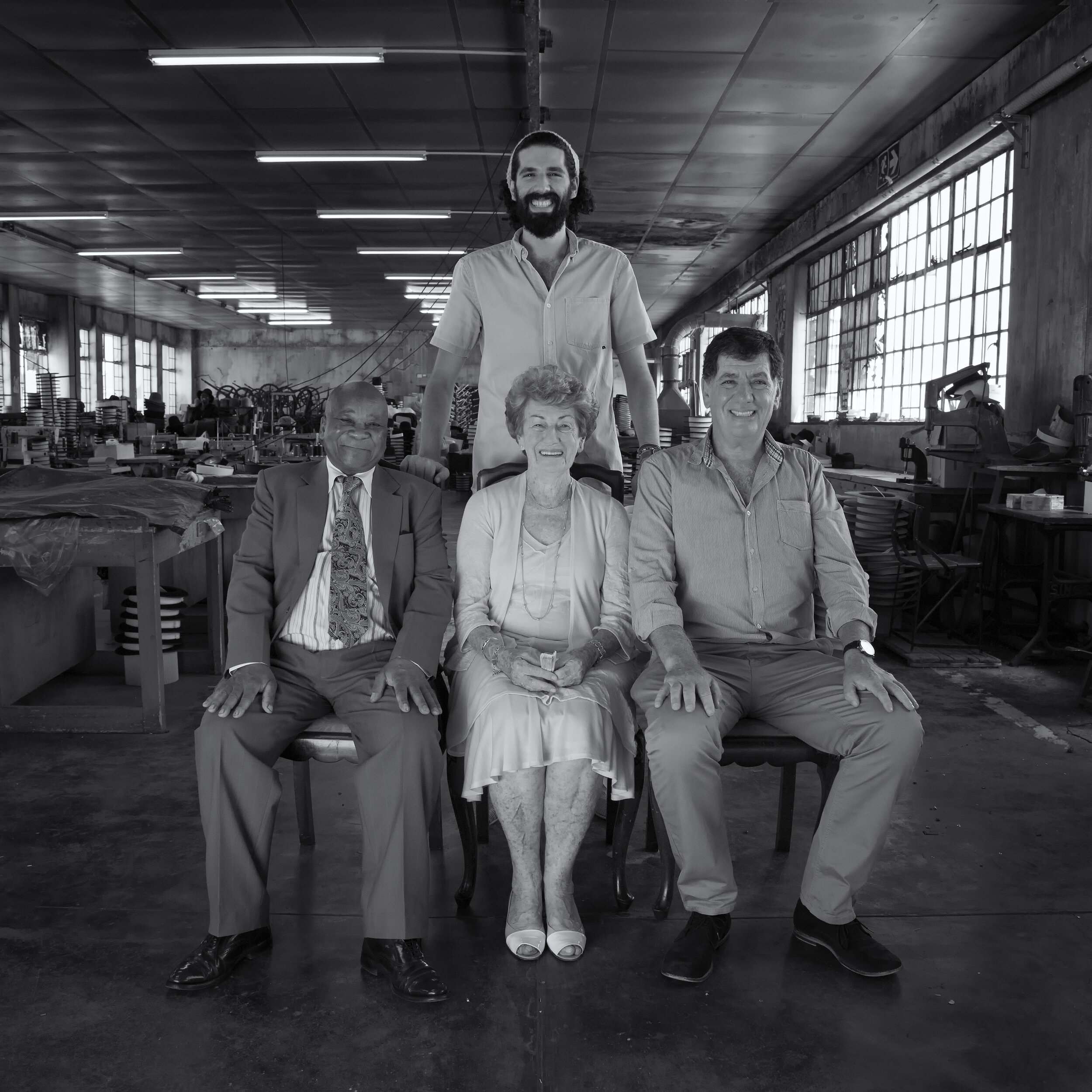
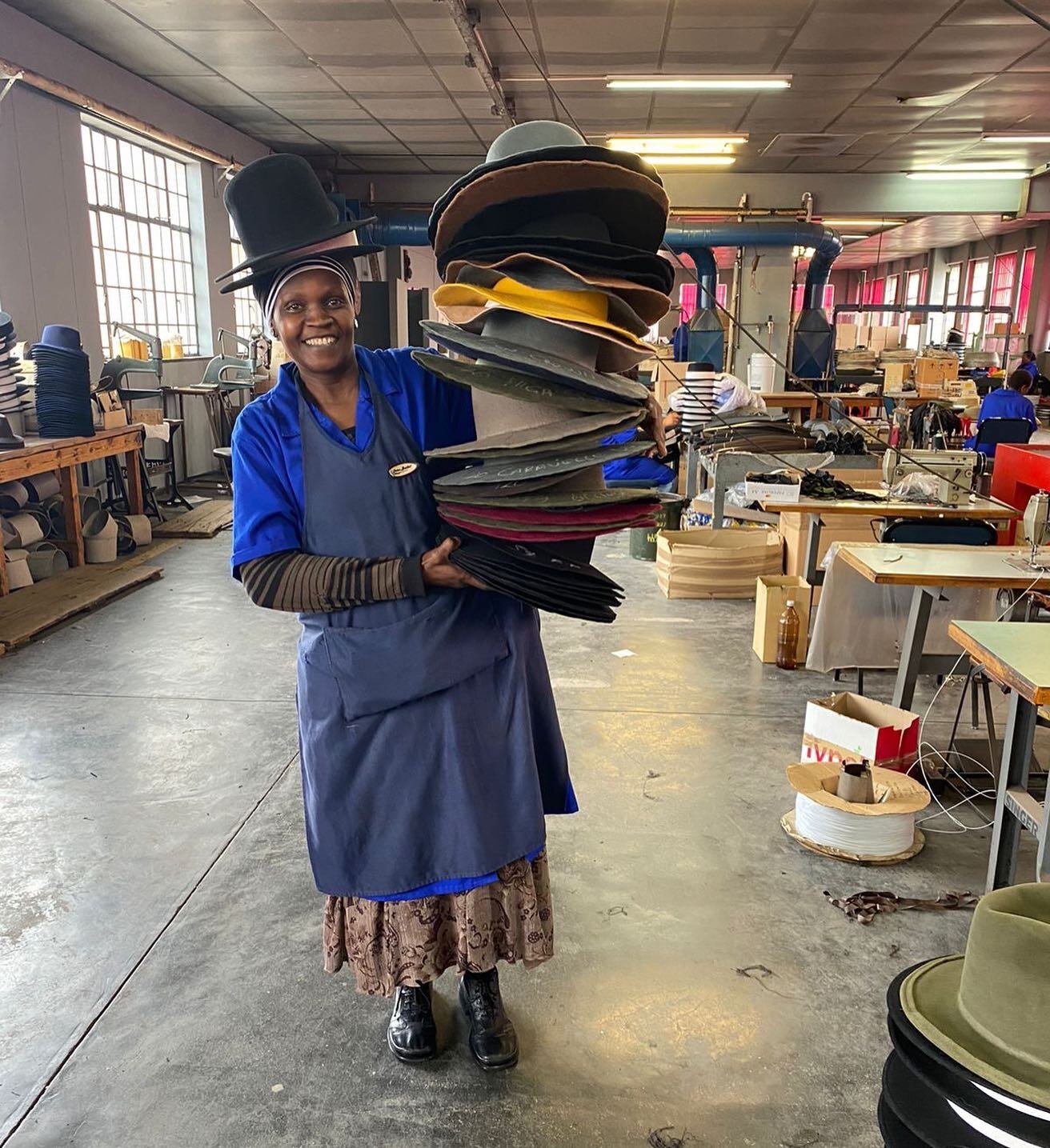



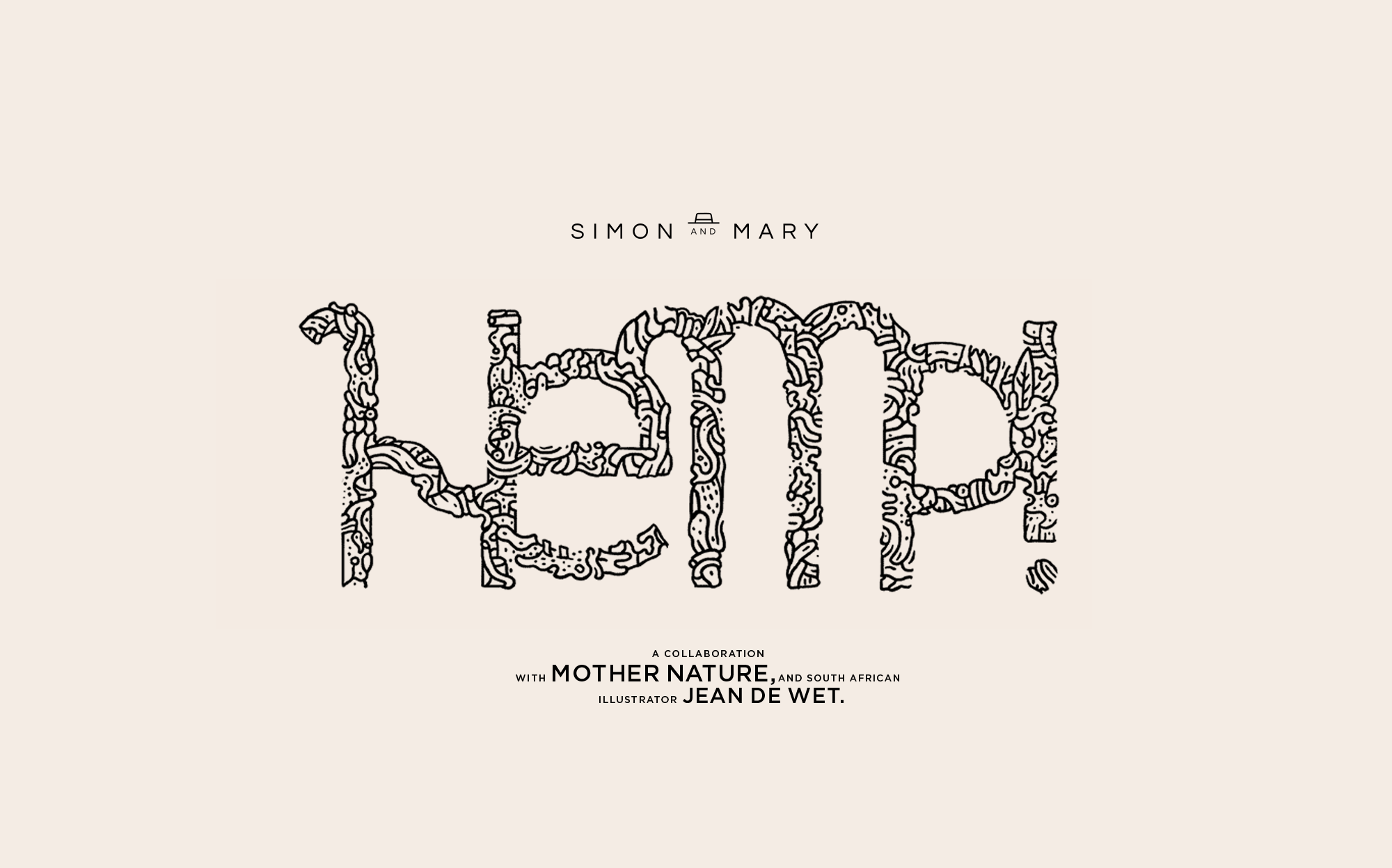
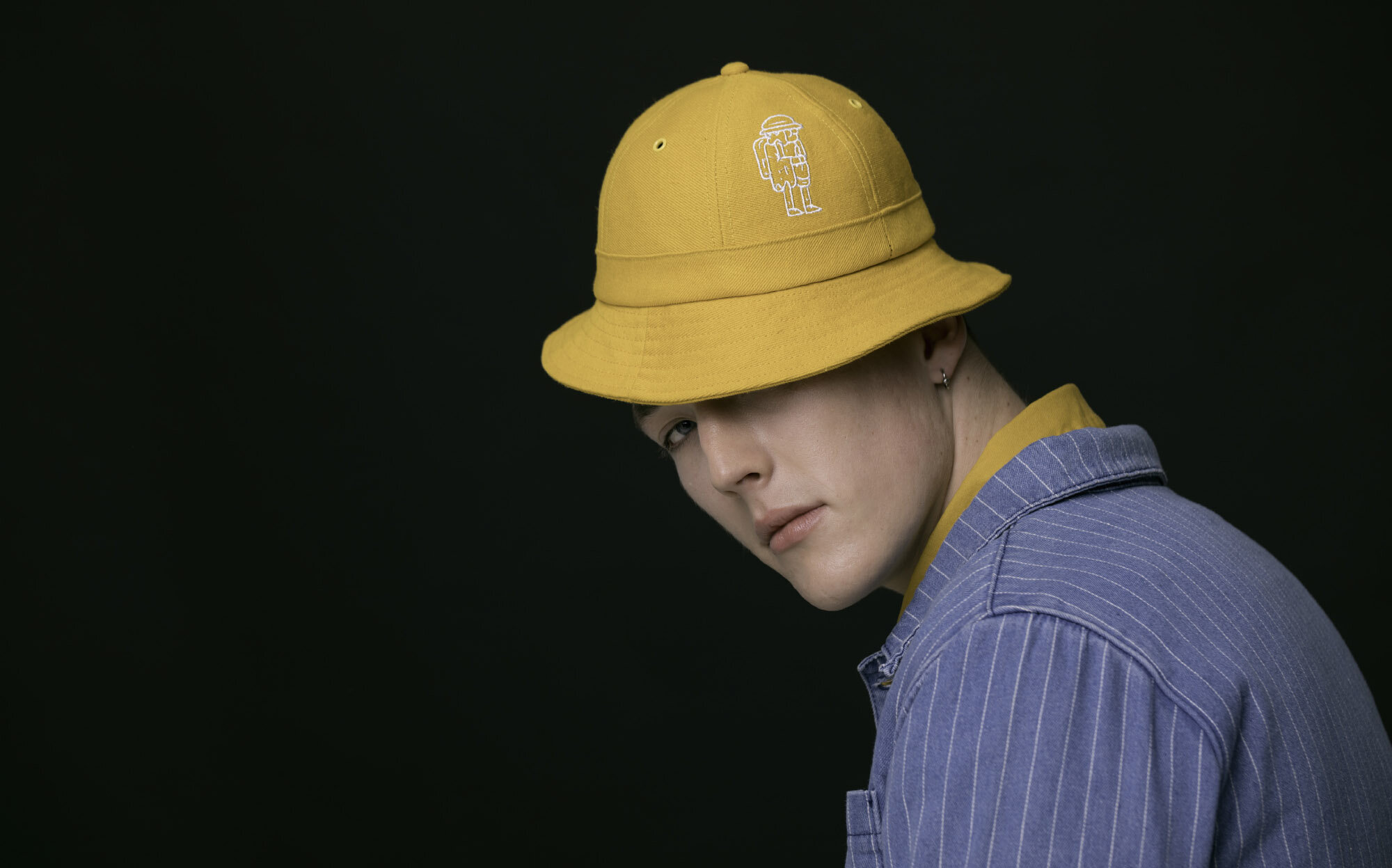
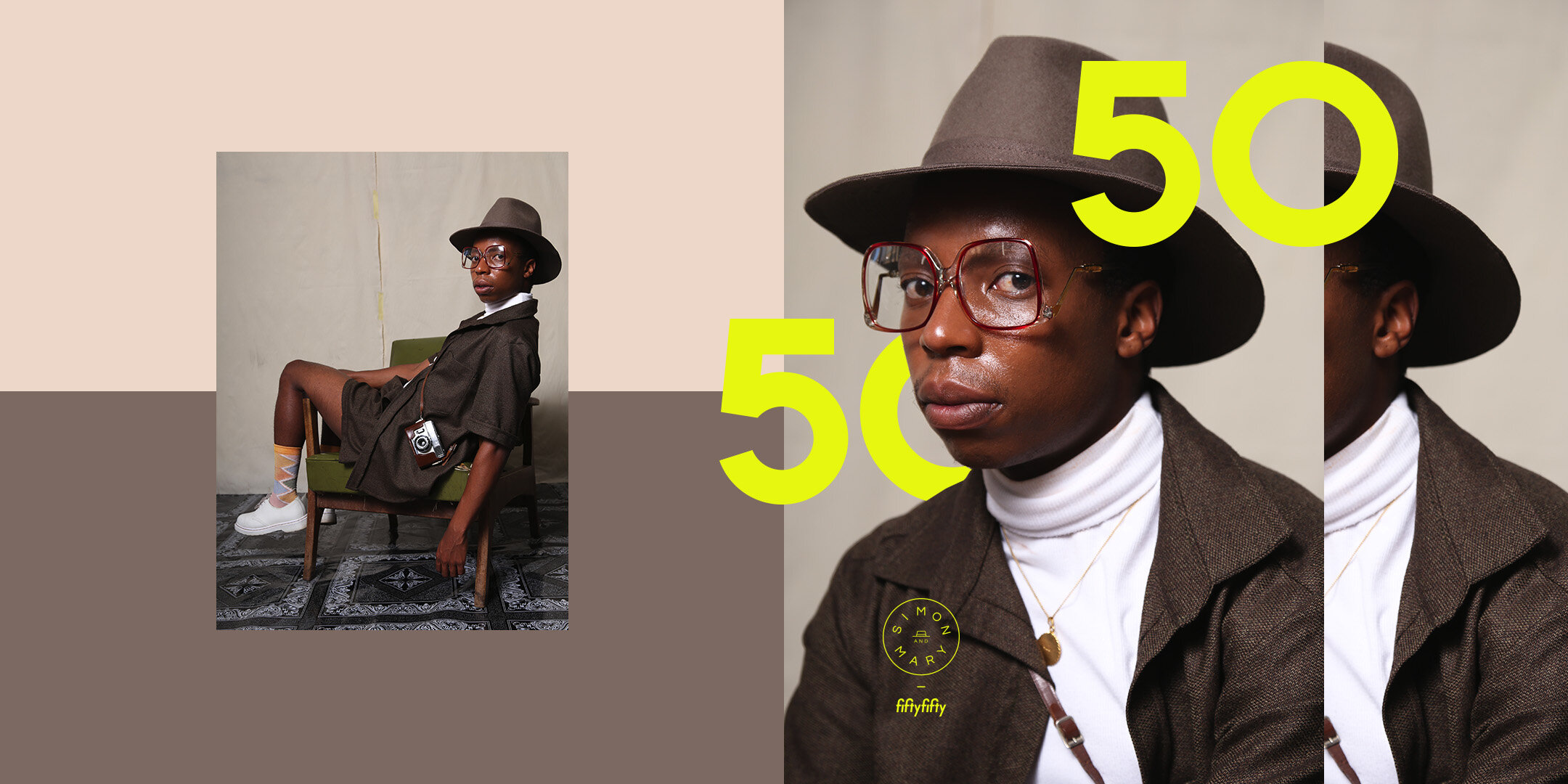

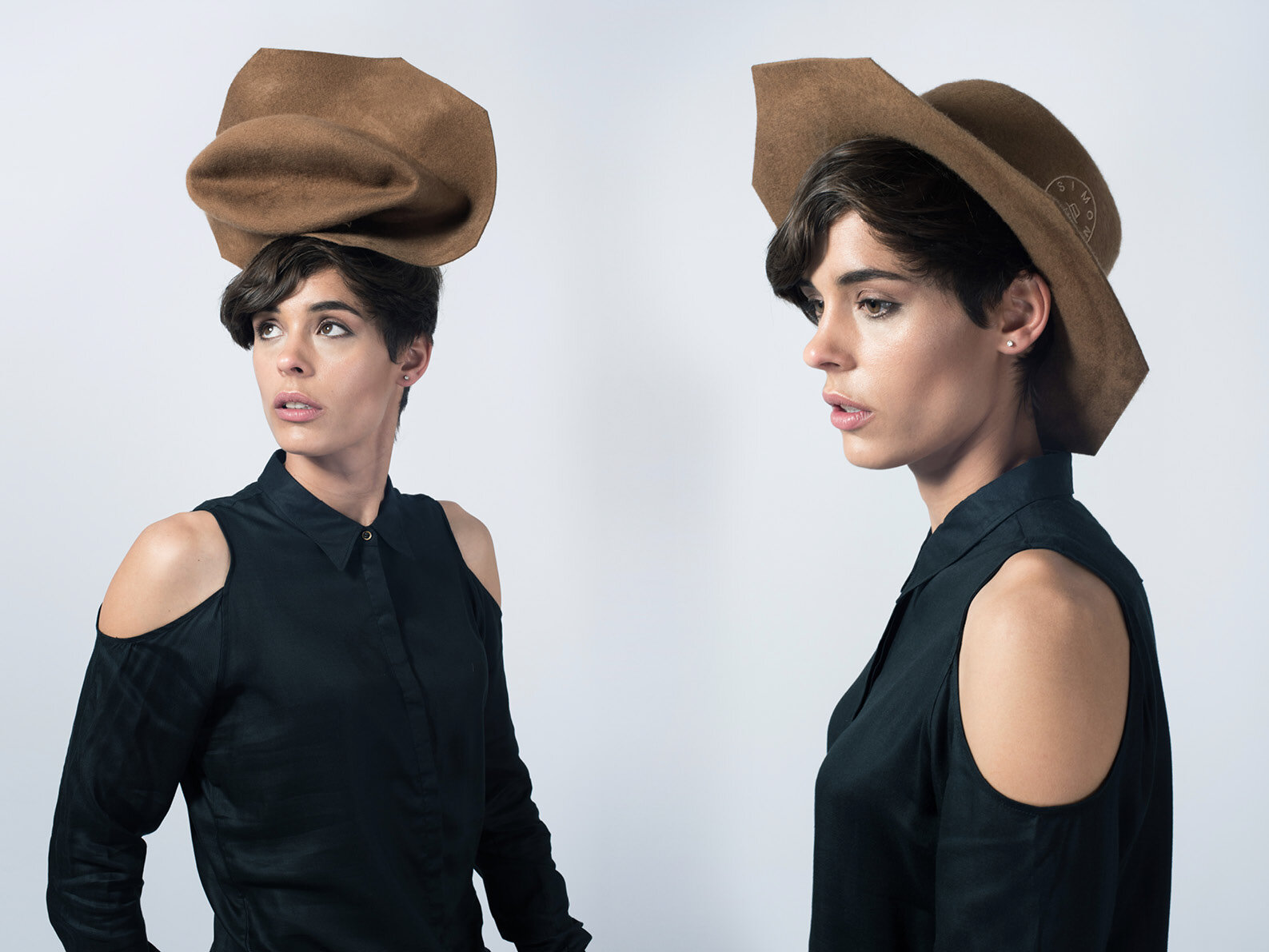



The story behind the birth of Kangol and the creation of the iconic cap.